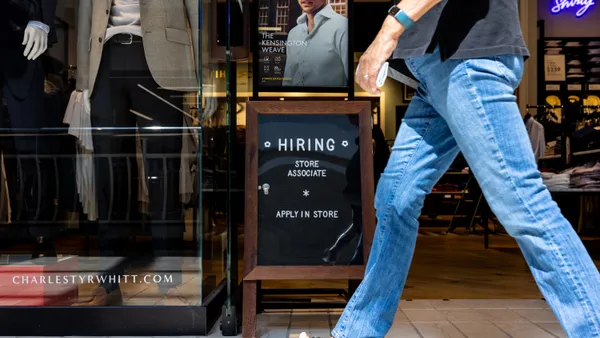Delivering a global talent strategy is a top priority for many HR teams, particularly as evidence points to the business benefits of a more agile, flexible, and diverse approach to talent management. However, as the last three months have shown us, the tools and systems HR teams have at their disposal today are not built with a global approach to talent in mind. Just ask anyone tasked with tracking down where your employees were when COVID-19 hit. That enormous Excel file you’ve been using to track global employees? It was woefully inadequate for pinpointing employees’ locations when their health and safety were suddenly at risk.
The reality is, global talent strategy requires a Global Talent Mobility platform that integrates across every HCM, ATS, Payroll system and more to provide a single view of where your people are, and where you need them to be.
Now, the pressure is on from the C-suite to figure it out—to find a better way to fully execute on a global talent strategy, to stay compliant and to make sure health and safety of employees is front and center. And best in class Global Talent Mobility technology will be critical to meeting those objectives. Here’s what to look for in order to fully deliver on the global talent strategy.
1. A single view of talent. Having an accurate, up-to-date repository of your global talent is critical for strategic decision making, compliance management, and health and safety. For most organizations today, this single view is missing - likely due to fragmented HR systems across regions or missing data within those systems.
Having good, clean and consistent data is a necessity. A platform that not only provides a standardized foundational data layer, but that also integrates with other existing tools solves this problem.
2. Extend core HR systems, don’t replace. You’re probably already working with technology that includes tools for managing personnel, performance and benefits, payroll and taxes, travel bookings, and more. The last thing you need is a tool that requires you to rip and replace all of that, turning previous investments to waste.
Instead, look for a global talent mobility platform that integrates with your existing solutions to add the missing elements that you need to deliver your global talent strategy. And bonus points if they have third party APIs available that make their platform easily extendable.
3. Risk and compliance management. As the world returns to work, the variety of working arrangements proven possible during the COVID-19 crisis will persist. This introduces new concerns when it comes to legal and tax compliance. Organizations can’t afford the penalties of an audit that finds them out of compliance, but, in the current economy, overpaying isn’t an option either.
Both can be avoided by implementing a solution that accommodates a wide variety of legal and tax scenarios critical to a global talent mobility strategy. Not only will it make HR’s life easier by streamlining talent management as it becomes more complex, but it will also provide a compliant approach that protects the organization from any costly missteps.
4. Strategic talent placement. The core mission of a global talent strategy is to have the talent in place to meet business needs where they are. But, when there’s no way to match existing employees with opportunities based on their skill sets and performance potential or when forecasting and budgeting for talent placement is impossible, this falls apart quickly.
Now is the time to choose a solution that lets you pinpoint the right person for the job, place them in a way that is sensitive to the needs of the employee, and allows you to benchmark performance. With a global talent management platform, HR can better achieve business goals and more accurately forecast costs and outcomes.
Until now, HR teams have been tasked with an impossible feat: manage a sophisticated global talent mobility strategy without a truly global technology solution. Which is why Topia launched its new Global Talent Mobility platform, Topia One, to address these global management challenges. The goal is to provide HR with the first-ever, cloud-based, open platform that provides a comprehensive and strategic solution for the future of work.
Now is the time for HR to invest in a solution that offers the tools needed to deliver on the strategy to move the organization forward.










